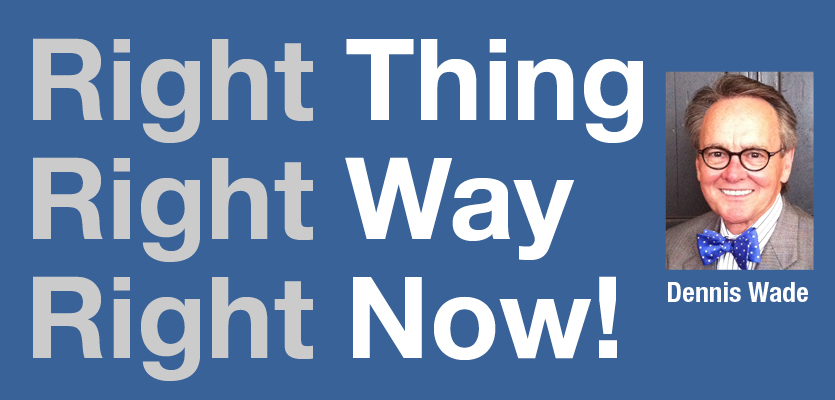 Unless something is glowing or smoking it is really tough to determine if it is hot by just looking. Most of us have been in situations when we were warned that the item we were considering touching was hot. We couldn't tell by looking, so in order to satisfy our curiosity and to prove the person issuing the warning wrong and ourselves right, we touched the item. And of course it was hot. As the pain of the burn set in, our behavior was immediately and positively modified. We learned that things may be really hot even thought they don't look like it and in the future, we might seriously consider modifying our behavior and become a better listener.
Unless something is glowing or smoking it is really tough to determine if it is hot by just looking. Most of us have been in situations when we were warned that the item we were considering touching was hot. We couldn't tell by looking, so in order to satisfy our curiosity and to prove the person issuing the warning wrong and ourselves right, we touched the item. And of course it was hot. As the pain of the burn set in, our behavior was immediately and positively modified. We learned that things may be really hot even thought they don't look like it and in the future, we might seriously consider modifying our behavior and become a better listener.My Mother had six children and I am absolutely sure that I caused her more consternation with my undesirable behavior than the other five combined.
Modification of my less than desirable behavior was a continual challenge to her. She employed a variety of Behavioral Modification Devices (BMD's) in order to achieve the desired result, which was, changing my direction. My Mother was wise enough to know that until she helped me to change my behavior, she could not help me change my direction. And from her observation point, my direction was often in need of a new and more opportunistic path. My behavior needed modifying far too often.
Fortunately my Mother did not shy away from helping me modify my undesirable behavior. She took a stand and made sure I learned from the experience of behavioral modification.
The need to modify behavior may be challenging to see on the surface. But once the need to make modifications becomes apparent, because what you have been doing is not achieving the desired outcome, behaviors must change and an urgency to change is better than a overly cautious approach.
One of the most effective methods of modifying behavior is to incorporate a simple process of meaningful, yet simple, measurement(s). Consider committing to doing one additional meaningful activity on a daily business, such as setting aside 30 minutes to read a self-help or business book or doing an increased level of physical activity. Track your commitment and see if the behavioral change is helping to accomplish your objectives. Be careful to not set expectations unrealistically high or add too many measurement because you may be defeating your purpose by creating confusion.
Unless someone takes a stand and demands that behaviors are modified, one cannot expect much else to change. Doing the same thing and expecting a different outcome has often been used as the definition of insanity. Changing behavior is akin to changing culture. Situations, even though they might be beyond your control, often demand a change in behavior and although it can be vitally necessary it is not often easy or painless. But changing behavior for the better, is almost always worth the effort and most assuredly illuminates your desire and willingness to improve.
